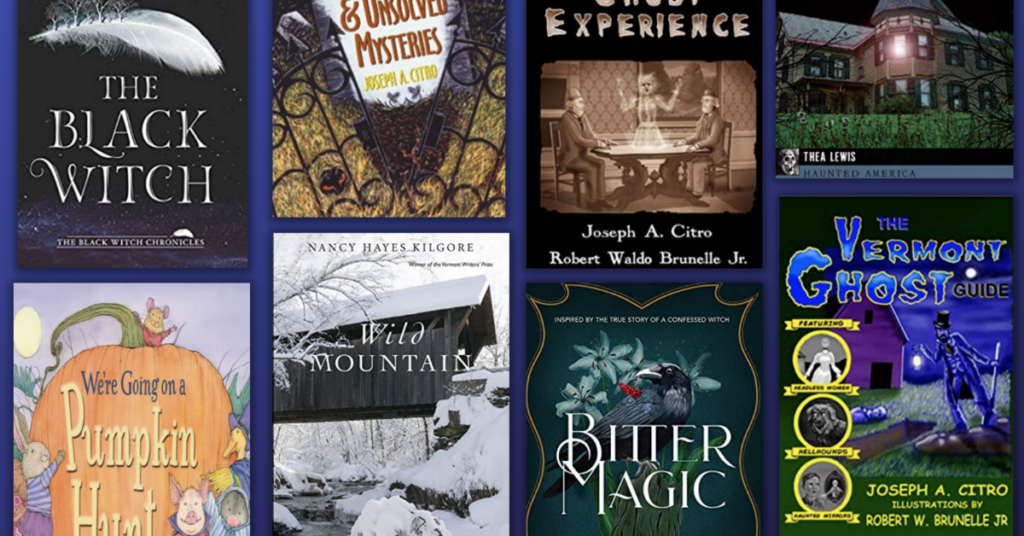If grief is an elephant, imagine how a small child might begin to encounter it: large, unfamiliar, weighty, an unwieldy mass.
You might hear her heavy pancake-circle feet.
Or she might take you by surprise.
It’s hard to breath under all that Grief.
Or so explains Tamara Ellis Smith in her beautiful children’s book, Grief is An Elephant (Chronicle Books, 2023) illustrated by Nancy Whitesides, which left me feeling as a child might, holding her moving and lyrical story of Grief in my grasp that, like Grief itself, transforms yet again at the end, so that
You can hold her in your palm,
uncurl your fingers—
and watch her fly into the night sky.
As her light flickers on and off—
on and off—
on and off—
you’ll remember.
Remember and wonder.
Remember and miss.
Remember and love.
In our conversation about her work, Tamara began by telling me about her approach to writing.
“I write to explore questions that I have about life, about living, about being a human, about especially the ways we are connected to one another. And that’s what is driving me, that’s the energy behind my ideas and the writing process and story development,” she told me.
Tamara went on to explain why she believes that if she achieves what she sets out, she will help children explore questions and come to a greater understanding of their self in the world.
“Books are part of that pathway to connection and kids want that connection,” she explained. “They want it with themselves, they want it with each other. And so if I can provide a story that is part of that connection, if it opens the door to that connection, a mirror that creates a connection with self, then I’ve accomplished what I’ve wanted to accomplish. They need to see their own lives, they need to see other people’s lives, they need to feel their own lives, they need to feel other people’s lives, and then they need to share their own, their own way of expressing their world. What I’ve learned is in that way an interaction changes you. They then come away with a different question or a different answer or a different understanding about something.”
For Tamara, that exploration extends to the adult reader and even to the author herself. In explaining her writing, Tamara referenced an article she wrote for Bookbird: A Journal for International Children’s Literature. In it, she describes the reading experience between the picture book, the child listener and the adult reader as a “Vibrant Triangle”. Integral to that Vibrant Triangle model are six characteristics. These require:
- Language driving the story (such as repetition, rhythm, rhyme, call and response.)
- Limited text on the page (which helps to pace the reading.)
- The story extending beyond the page (which leaves the child wanting/creating more.)
- The story inspiring thinking about and engaging with the world (because of good and rich story telling.)
- Leaving room for space and time during the reading (for the child to insert herself and her imagination into the story.)
- A pure collaboration between text and illustration (so that the two create a whole.)
An advance copy of Grief Is An Elephant arrived six months after my conversation with Tamara. I read the book with my husband. It did not disappoint. We both were overcome by how the story—through the cadence of its language, the sparse but selective use of words, the resonance, the richness, the sense of space, and the interplay of image and text—was able to communicate how grief could feel and how its form could shift even in ourselves, as adults. The experience was visceral, connecting us to what was shared and unique. We felt the potential of that Vibrant Triangle on not just children but on ourselves. It invited us to think and talk about an often unspoken and avoided topic—grief, a “universal, tough truth” as Tamara calls it, “even, just as a point of curiosity.”
“I do feel like, even unintentionally, we focus on grief and sadness as a problem to overcome, as opposed to a very sound logical, human important place to explore and reside. This is a place,” Tamara said in reference to her book, “for a child to encounter something that is in this world, and they’re in this world and they’re going to interact with it, and it’s a safe place to do it. Grief. You can shift in your relationship with it. You can learn from it. My jury’s still out about exactly what you can learn. I don’t always come to an answer but I think I explore the question and leave room for possibility, so that there is room for an answer.”
And then, she went back to her Vibrant Triangle, to an educator and writer named Louise Rosenblatt and to the importance of pauses in allowing the reader and the listener the freedom to derive meaning. “She had this theory that the book is not complete, until the reader reads it, literally not complete because it is in the exchange of the text on the page, and the person reading it, that meaning gets made. Part of what that is for me is that I need to leave space. I need to leave space for the reader to make up some things, to come to some of their own questions, to answer some of their questions, to insert themselves into the story, which is all to say that I need to trust my reader.”
Which she did with me, who waited six months to receive her book, and who finished it believing that every child and adult who has experienced grief also will come away believing that in Grief is An Elephant is a story that speaks to the felt experience of loss from another’s death, in whatever form grief takes on any given day, on any given page, in the story of its existence, and in a way that makes all of us feel a little more connected to what still lives within and around us.




